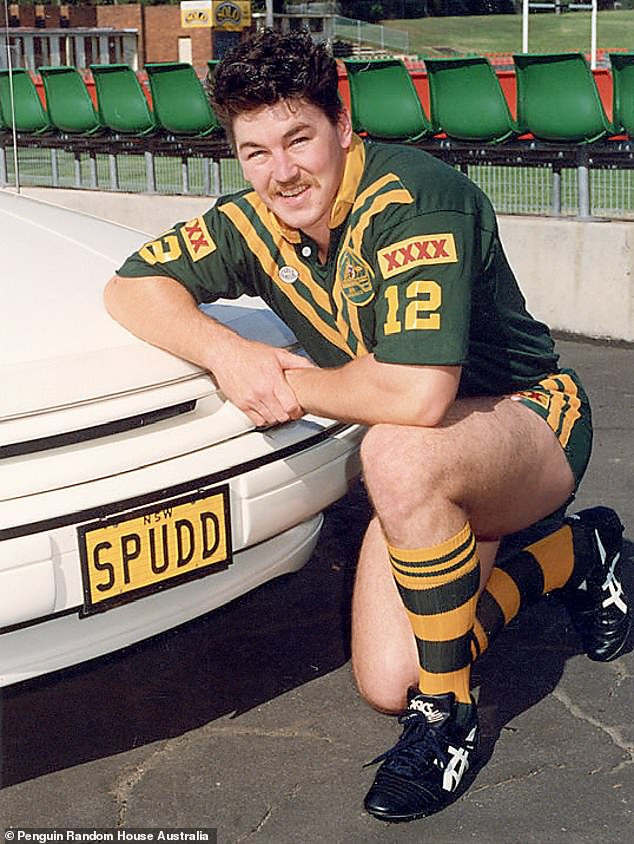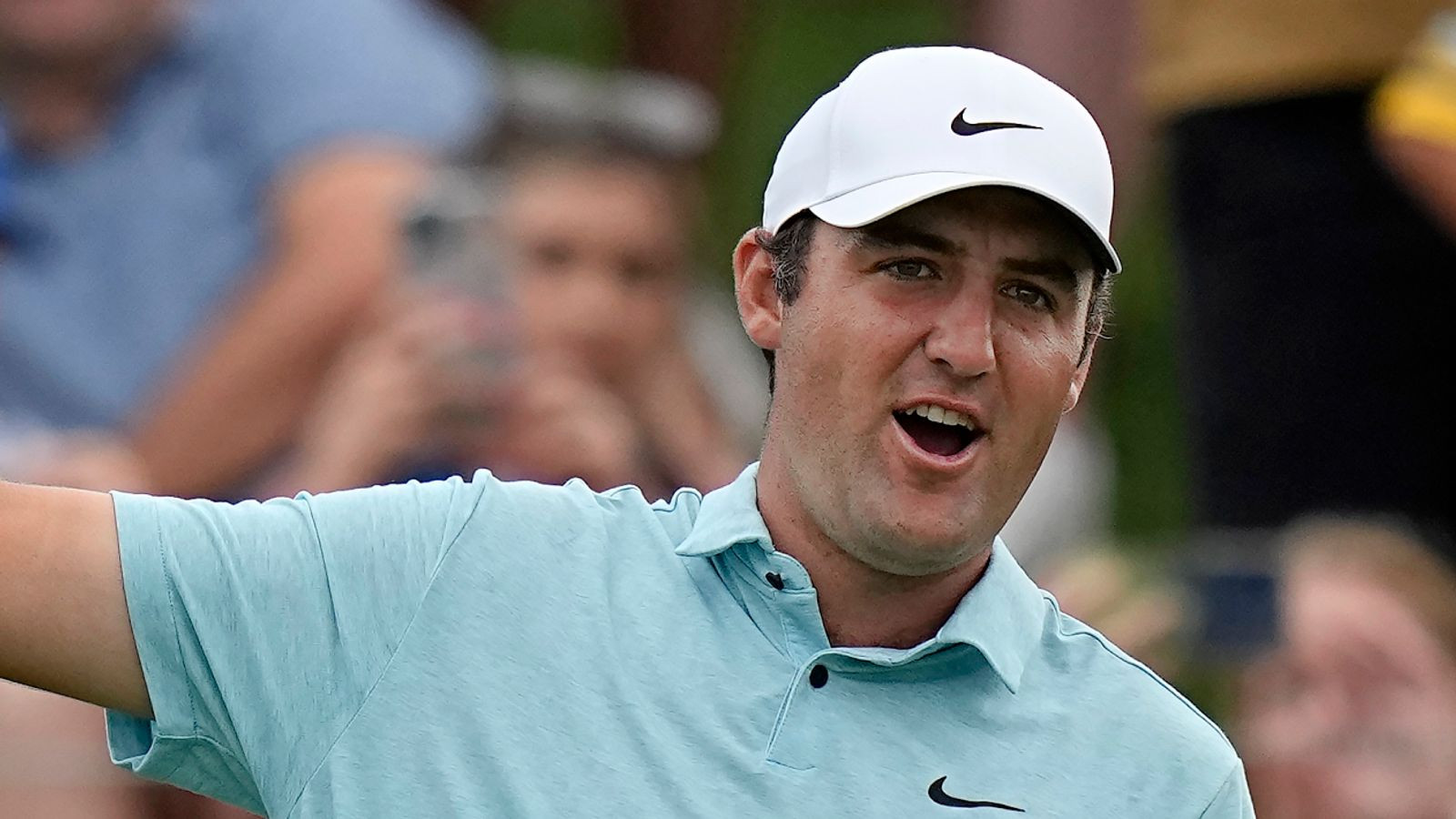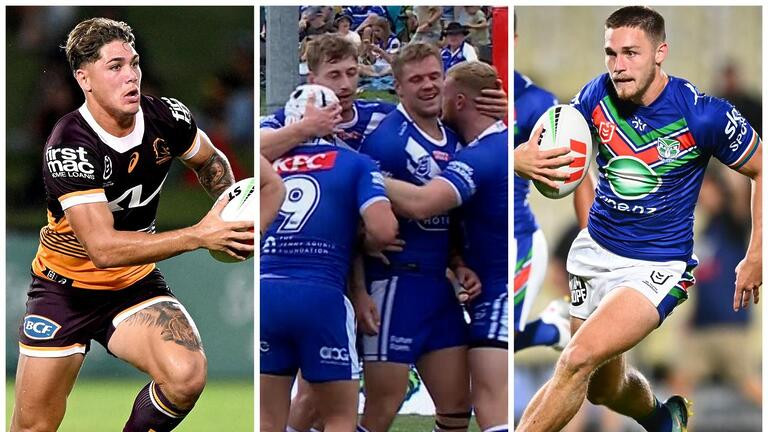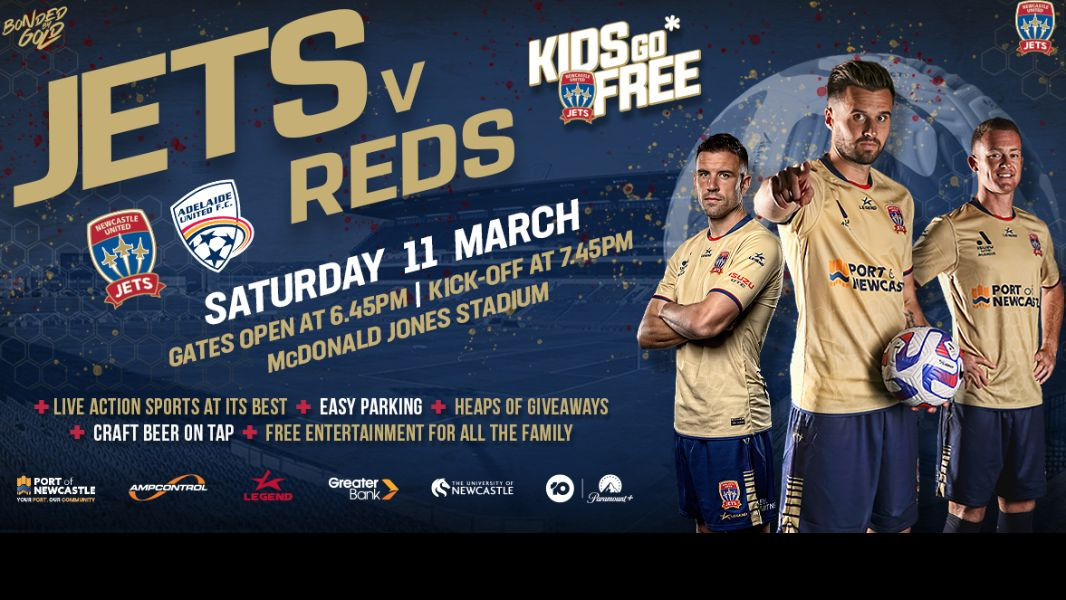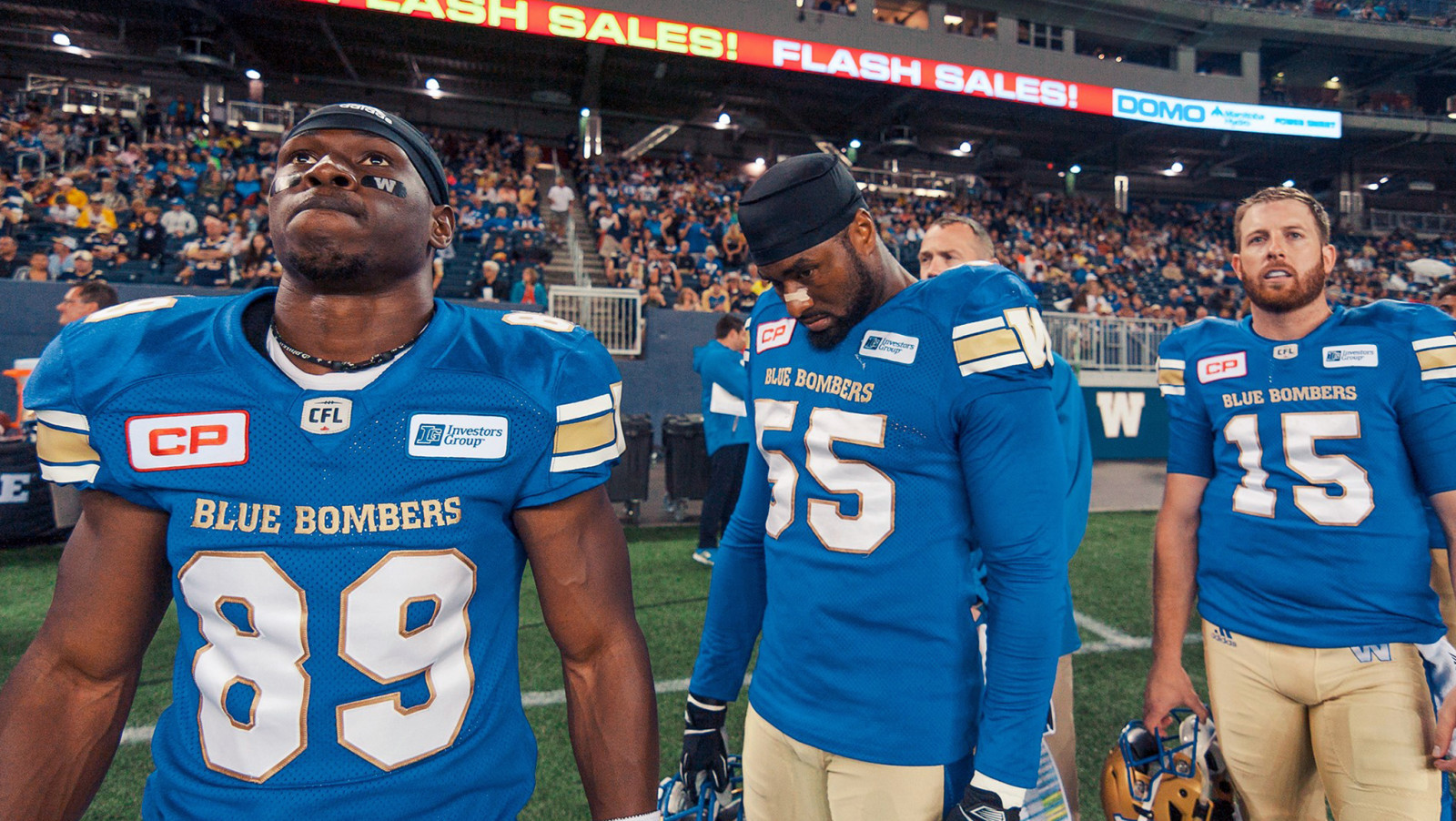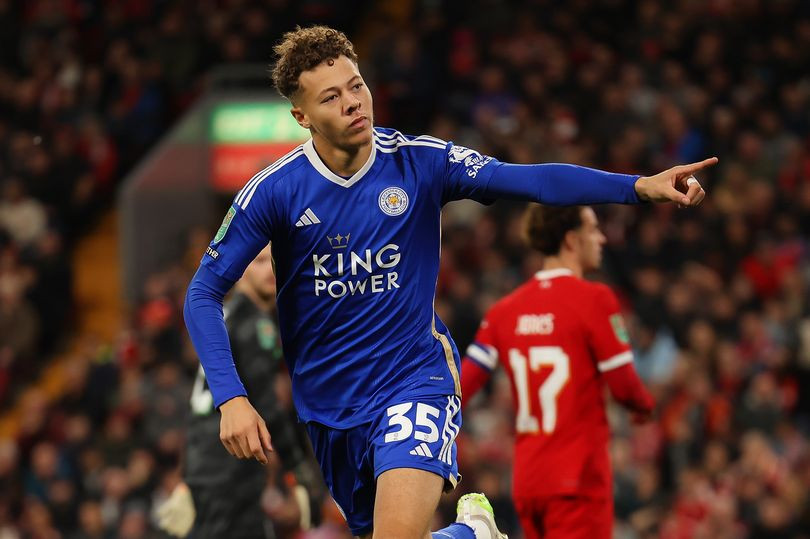Manly Sea Eagles icon Mark Carroll has given an update on his battle with the degenerative brain disease CTE after fans voiced their concerns over his recent media appearances.
Rugby league icon Mark Carroll has responded to concerns for his health, providing a sad update on the impacts of the degenerative brain disease chronic traumatic encephalopathy (CTE).
Carroll has been battling the disease in recent years, with a PET scan in 2023 revealing signs of the disease in his brain.
The condition has been linked to rugby league with a number of hardmen from previous eras of the game also showing signs of the disease in the decades following retirement including Wally Lewis, Steve Mortimer and Mario Fenech.
The disorder can only officially be diagnosed after someone's death.
On Wednesday, 'Spudd' posted a video on Instagram "to explain why I sound like this" and thanking fans for their concerns over the changes to his voice in recent appearances on radio and TV.
“I’ve got anxiety. Why? I’ve got no idea. But I’m so tight right through the body and that’s what's caused me this bloody throat (issue).
"I'm doing my best to be the best. I've just recently been doing a thing with Charlie Teo for the last seven weeks. It's called TMS (transcranial magnetic stimulation)."
Carroll built a reputation upon being one of the toughest players in the game in his 13-year career, which included spells at the Penrith Panthers, South Sydney Rabbitohs and Manly-Warringah Sea Eagles where he won a premiership in 1996.
The NRL currently has mechanisms in place to ensure the risks are low of players suffering long-term neurological issues as the result of too many concussions.
A mandatory 11-day stand-down rule was introduced to the game last year, meaning a player must sit out from contact training or playing for an 11-day period after suffering a concussion.
While there is more awareness over the disorder these days, Carroll stressed the issue needed more focus and support from the federal government.
"Excuse the pun, I'm taking this head on. This horrible disease, I'm taking it on, but typical...the government - we're not covered (through) Medicare or any sorts of funds," he said.
"I'm hoping this post can raise awareness to get some government funding for CTE."
The 57-year-old added CTE didn't just affect sportspeople, but other victims of head trauma such as car crash survivors.
"These guys are struggling, they are struggling worse than me. They can't afford this TMS. I feel for these people," he said.
The Impact of CTE on Carroll's Voice
Carroll's latest update confirms news no fan wants to hear. The popular TV and radio commentator has revealed why some fans have recently noticed changes in his on-air presentation.
The former Panthers, Souths and Sea Eagles prop has shared a video on social media to why his voice has a times changed this season.
“I just wanted to explain why I sound like this,” he said on a video posted to Instagram.
“I wish it was from getting hit in the throat like my great mate Geoff Toovey or Gary Larson. Unfortunately it’s the symptoms of CTE.
“I’ve got anxiety. Why? I’ve got no idea. But I’m so tight right through the body and that’s why I’ve got this bloody throat (issue).
“To the people who have texted me after hearing me on radio and on Fox, I’m doing my best to be the best.”
Carroll's Call for Action
Carroll, who played seven State of Origin games for NSW and 12 Test matches for Australia, called on the federal government to increase funding for CTE awareness and treatment. Lewis previously expressed a similar sentiment, which led to Prime Minster Anthony Albanese vowing to do more.
Carroll has previously said he wants to sit with Prime Minister Anthony Albanese to talk about passing changes to Medicare that will cover the cost of a $900 PET scan to help diagnose Australians who suffer from CTE.
“A lot of these people don’t have money, $900 is a lot of money. Get it passed by Medicare and just tick the box, mine came back with a massive cross but then you take it on,” he said.
“I’ve lost a couple of people due to suicide the great Paul Green passed away… there had to be demons in his head going on and on and on because you just don’t go and take your life the next day it’s about planning.
“I’ve had squirrels in my head as well and thank God the ones I had on my good side didn’t cause me to take my life.
“I’m pleading to the NRL to step forward and take the next hit up in rugby league terms but also I’m calling out the government, Albanese a mad Souths man, seriously it’s about mental health, we’ve got to start somewhere.”
A Legacy of Strength and Advocacy
Carroll's bravery in sharing his journey has helped shine a light on the issue of concussions in the sport — and his campaigning has also put CTE treatment and prevention on the agenda in sessions of parliament.
Carroll admits that he contemplated suicide after hearing the news, but now wants to do whatever he can to help other players who are suffering.
'It's not a good spot, knowing you want to try and get rid of yourself,' he said.
'I just want them to step forward and come out from the silence which I was in, too.'
The former Souths and Manly hard man says he now has 'good days and bad days', but he'd like the NRL to cover the costs for players who need to get brain scans.
'There is a duty of care, I really believe that,' he said.
'Look after players in my era and also my heroes in the era before that and the eras before that.
'[It's] $900 for a PET scan. We're not covered with Medicare or any health fund but any player who's living in silence where I've been … come out and get tested, and the league pick up the bill.'
Carroll’s story is a stark reminder of the long-term consequences of head trauma in sports. It underscores the need for continued research, prevention measures, and support for those affected by CTE. His advocacy for increased awareness and funding for CTE research and treatment is crucial in protecting future generations of athletes.




